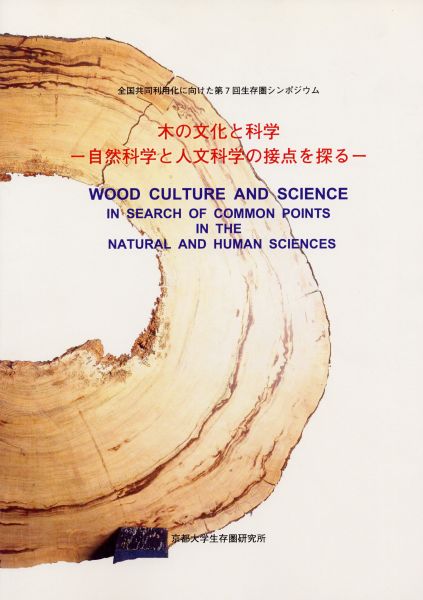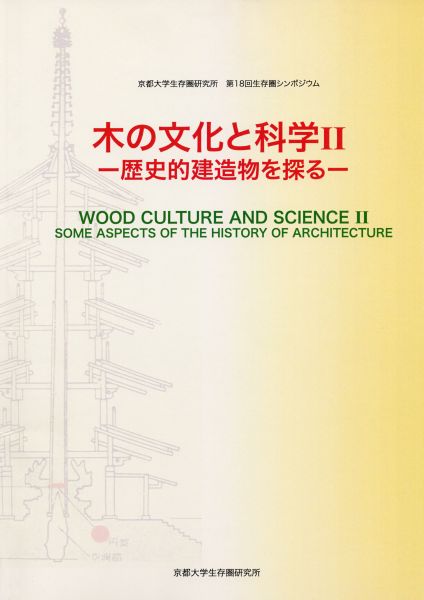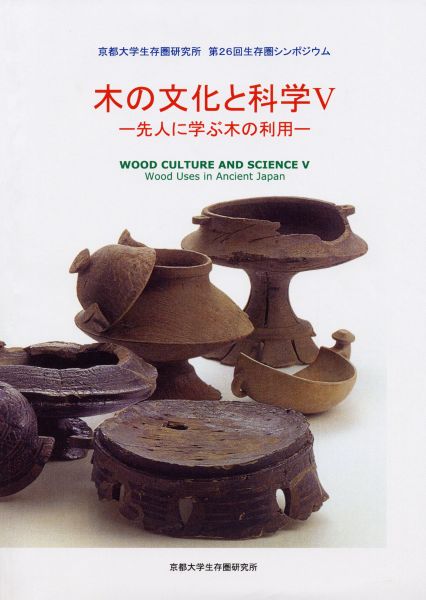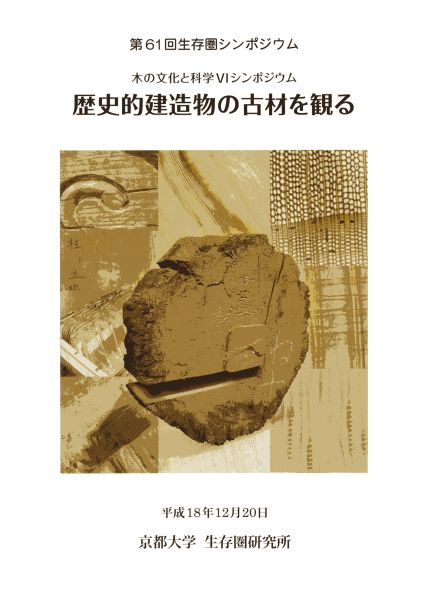
Humanities and Science Fusion Science on Trees
Humanities and Science Fusion Science on Trees
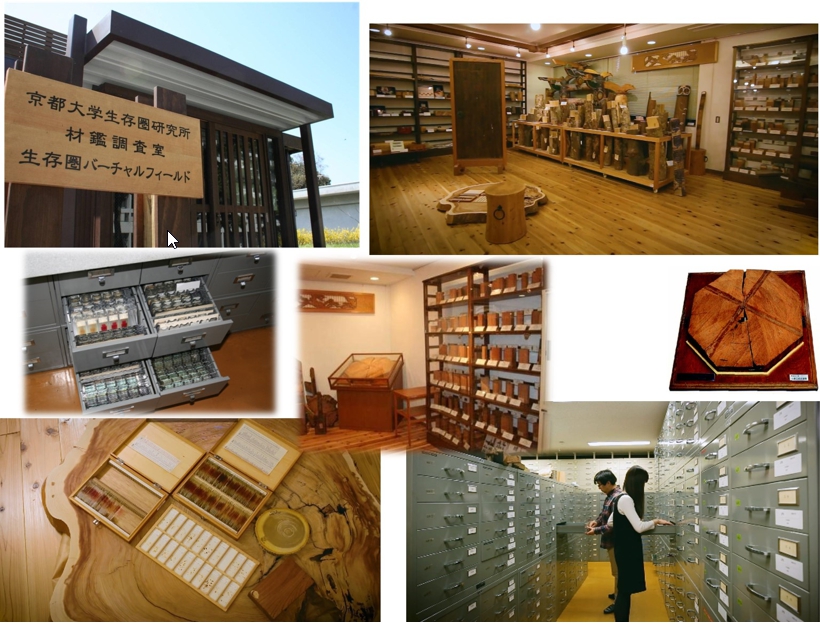

Using wood specimens owned by the Lumber Science Laboratory, we promote research that integrates the humanities and sciences, such as wood anatomy, tree species identification, and dendroclimatology, to investigate the relationship between humans and trees.
Trees are time capsules.
How about this exciting research to unravel the history of man’s relationship with wood by applying various scientific investigations to small pieces of wood used in wooden sculptures and buildings that have carved history?
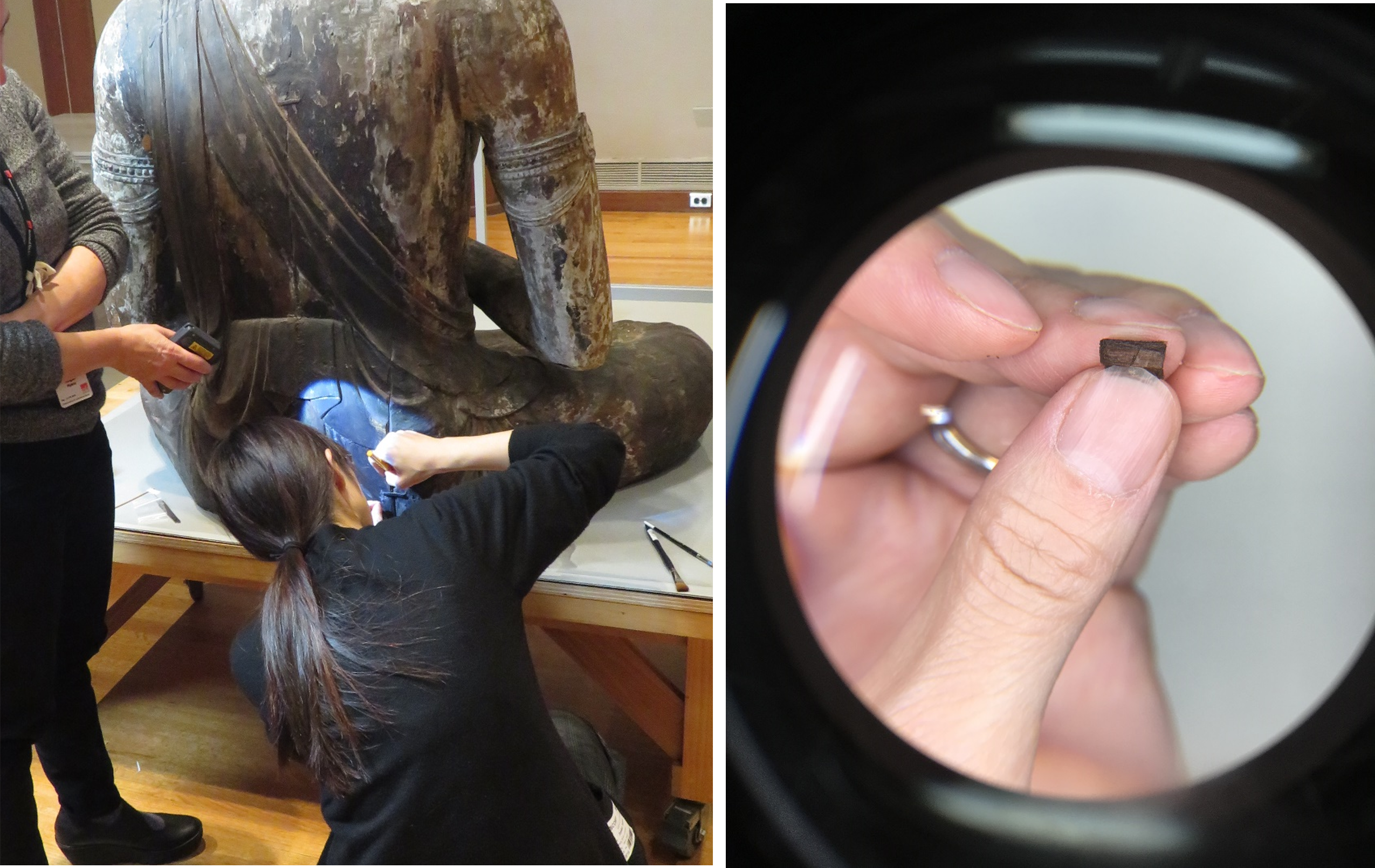
Wooden sculpture
Recent research has revealed that the species of trees used for Buddhist statues in Japan, China, and Korea, for example, seem to differ, even among countries that also believe in Buddhism.
So, what about the divine statues and Taoism? How has it changed over time?
The history of wood sculpture is traced from a single piece of wood.
Aging of Wood

Research on the material life of wood has traditionally lagged behind that of other industrial materials, such as polymers and metals, because wood is a biological material and includes variations due to individual differences and other factors.
However, in order to build a low-environmental-impact society, it is important to effectively use wood as a recyclable and sustainable resource. To coexist with and replace other industrial materials, it is essential to understand the life span of wood and changes in physical properties over time that can be compared with other materials. The need to examine the changes in wood over time has long been pointed out by technicians, craftsmen, and artists involved in the conservation and restoration of wood carved cultural properties, and efforts have been made in various fields to elucidate these changes.
However, there are many issues that need to be addressed, and cooperation with other parties involved is needed from a new perspective. We are preparing a series of test specimens from old wood samples derived from historical buildings, testing their physical properties, and conducting chemical analysis.
Based on the assumption that aging is a slow oxidation reaction at room temperature, we have evaluated basic physical properties such as mechanical, adsorption, spectroscopic, and dielectric properties of treated wood artificially accelerated by heat treatment, and have clarified the correlation between the degree of degradation and various properties.
In the future, we would like to create a measure of the aging of wood.
Identification of historical building materials by species
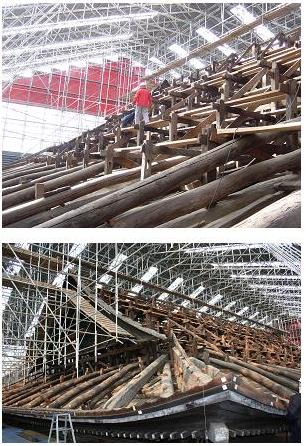 Currently, wooden structures account for 88% of the nationally designated cultural properties (as of July 2006). In recent years, more and more emphasis has been placed on the identification of the species of wood used in the construction of cultural properties in Japan during conservation and repair work. In the conservation and repair (demolition) work of cultural property buildings, efforts are made to reuse materials currently in use. The master carpenter and specialized technicians examine the extent of damage and decay of materials, carefully demolish materials that can be reused, and repair only where necessary. In conjunction with restoration work on historical buildings designated as Important Cultural Properties or Important Cultural Properties in various regions of Japan, the company identifies the species of wood used in the original construction and the materials used in the restoration work, and traces the transition of the species of wood used in each period. Species identification is not only necessary for the purpose of repairing with materials used before restoration. It is also necessary to understand the value of the building at the time of construction, the intent of the design, and the period and regional characteristics of the tree species. In many cases, documents related to the construction of the building that show the details of the initial construction of the building and documents related to the repair of the building that record the details of the repair during the subsequent repair are also found. Comparisons are also made between these historical documents and actual tree species identification results.
Currently, wooden structures account for 88% of the nationally designated cultural properties (as of July 2006). In recent years, more and more emphasis has been placed on the identification of the species of wood used in the construction of cultural properties in Japan during conservation and repair work. In the conservation and repair (demolition) work of cultural property buildings, efforts are made to reuse materials currently in use. The master carpenter and specialized technicians examine the extent of damage and decay of materials, carefully demolish materials that can be reused, and repair only where necessary. In conjunction with restoration work on historical buildings designated as Important Cultural Properties or Important Cultural Properties in various regions of Japan, the company identifies the species of wood used in the original construction and the materials used in the restoration work, and traces the transition of the species of wood used in each period. Species identification is not only necessary for the purpose of repairing with materials used before restoration. It is also necessary to understand the value of the building at the time of construction, the intent of the design, and the period and regional characteristics of the tree species. In many cases, documents related to the construction of the building that show the details of the initial construction of the building and documents related to the repair of the building that record the details of the repair during the subsequent repair are also found. Comparisons are also made between these historical documents and actual tree species identification results.
Climate Reconstruction by Tree-ring Analysis
Environmental factors that affect tree annual growth include climate, temperature, precipitation, humidity, air pollution, pests, location, human society, tree genetic traits, and tree age. The width of annual rings and the isotopic ratio of each ring are particularly sensitive to the environment in which they were formed. As global warming and extreme weather events are attracting attention on a global scale, the importance of paleoclimate reconstruction is increasing. In reality, meteorological data is available for only about 100 years at most. However, some trees have annual rings of as long as 1,000 or 2,000 years, and it is thought that the climate of old times can be estimated through analysis of these annual rings. We are currently conducting new research on annual-ring climatology.

Tree Culture and Symposium on Science
Elucidating the Mechanism of Dimensional Stabilization by Keratin
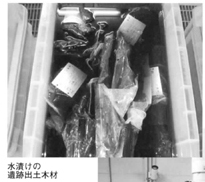 Feathered keratin and cultural assets. It may seem an unexpected combination, but we are beginning to consider it as one of the new methods of cultural property preservation. In fact, wooden products such as pillars and round wooden boats excavated from archaeological sites in a submerged state (excavated wood from archaeological sites) are extremely fragile due to biological deterioration and ageing. In order to maintain their shape, chemical treatments are used to reinforce the wood by replacing the water in the wood with polyethylene glycol (PEG), but there is still room for improvement in terms of operational safety and environmental considerations. Therefore, feather keratin is used as a substitute for PEG, and its reinforcing effect and stabilization mechanism are being investigated.
Feathered keratin and cultural assets. It may seem an unexpected combination, but we are beginning to consider it as one of the new methods of cultural property preservation. In fact, wooden products such as pillars and round wooden boats excavated from archaeological sites in a submerged state (excavated wood from archaeological sites) are extremely fragile due to biological deterioration and ageing. In order to maintain their shape, chemical treatments are used to reinforce the wood by replacing the water in the wood with polyethylene glycol (PEG), but there is still room for improvement in terms of operational safety and environmental considerations. Therefore, feather keratin is used as a substitute for PEG, and its reinforcing effect and stabilization mechanism are being investigated.


